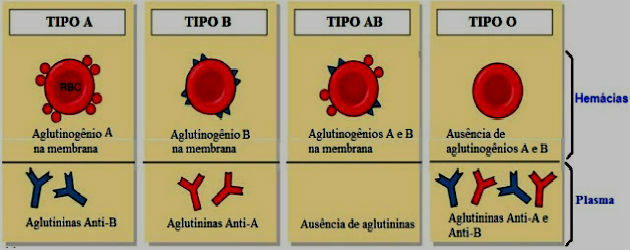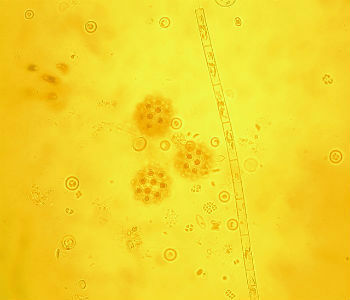The birth of Dolly the sheep allowed us to start evaluating the human cloning as something viable. At the same time, it brought options from which we could benefit: from the possibility of people who need to be transplanted to obtain compatible organs; the hope of having back that loved one who died; or even the realization of the idea of becoming immortal. In addition, it also brought many discussions, doubts and favorable and unfavorable positions.
Clones are cells or organisms that originate from a single cell and are identical to it. Thus, many plants, protozoa and fungi are clones; as well as identical twins. When it comes to clones such as Dolly the sheep, meaning that they could never have arisen naturally, the issue becomes a little different.
Dolly was cloned from a differentiated somatic cell, made from nuclear transference from a somatic cell of the mammary gland of a white sheep to an egg without a nucleus, of a black sheep. Such a cell started to behave like an egg that has just been fertilized and, although it was generated by a sheep also black, Dolly was born identical to the owner of the nucleus.
This novelty opened doors for further research, since until then it was believed that differentiated somatic cells would not be able to originate different types of different tissues. On the other hand, the experience with Dolly raised a number of challenges. One of the first includes the fact that these procedures, until now, have caused a high rate of unsuccessful attempts until a pregnancy is achieved to term. Another significant point is the question of how to get around the health problems that the vast majority of cloned individuals have had – including premature aging. Dolly, for example, developed arthritis early in life, which does not usually happen in people her age at the time.
Do not stop now... There's more after the advertising ;)
Thus, interesting new questions arise, such as: is human cloning really possible? If so, is this procedure ethical? What would be the risks and implications of this fact? What to do with possible clones that will be born with significant disabilities and that are rejected by their families? Perhaps foreseeing the ethical implications of this issue, in 2003 a document was signed in which several countries, including ours, seek to prohibit this type of cloning in humans, called cloning reproductive.
On the other hand, a new possibility arises: therapeutic cloning, too – and more appropriately – called cloning for biomedical purposes, cloning for therapeutic research, or cloning investigative. This differs from reproductive cloning because it does not aim at implanting the cell, which makes the possibility of generating a new living being, cloned, unfeasible. Thus, it would allow, from cells capable of differentiating, any type of tissue to be formed; circumventing many of the significant ethical implications that reproductive cloning has (but not completely excluding them).
By Mariana Araguaia
Biologist, specialist in Environmental Education
Brazil School Team
Cloning - Genetics - Biology - Brazil School
Would you like to reference this text in a school or academic work? Look:
ARAGUAIA, Mariana. "Human cloning"; Brazil School. Available in: https://brasilescola.uol.com.br/biologia/clonagem-de-seres-humanos.htm. Accessed on June 28, 2021.


